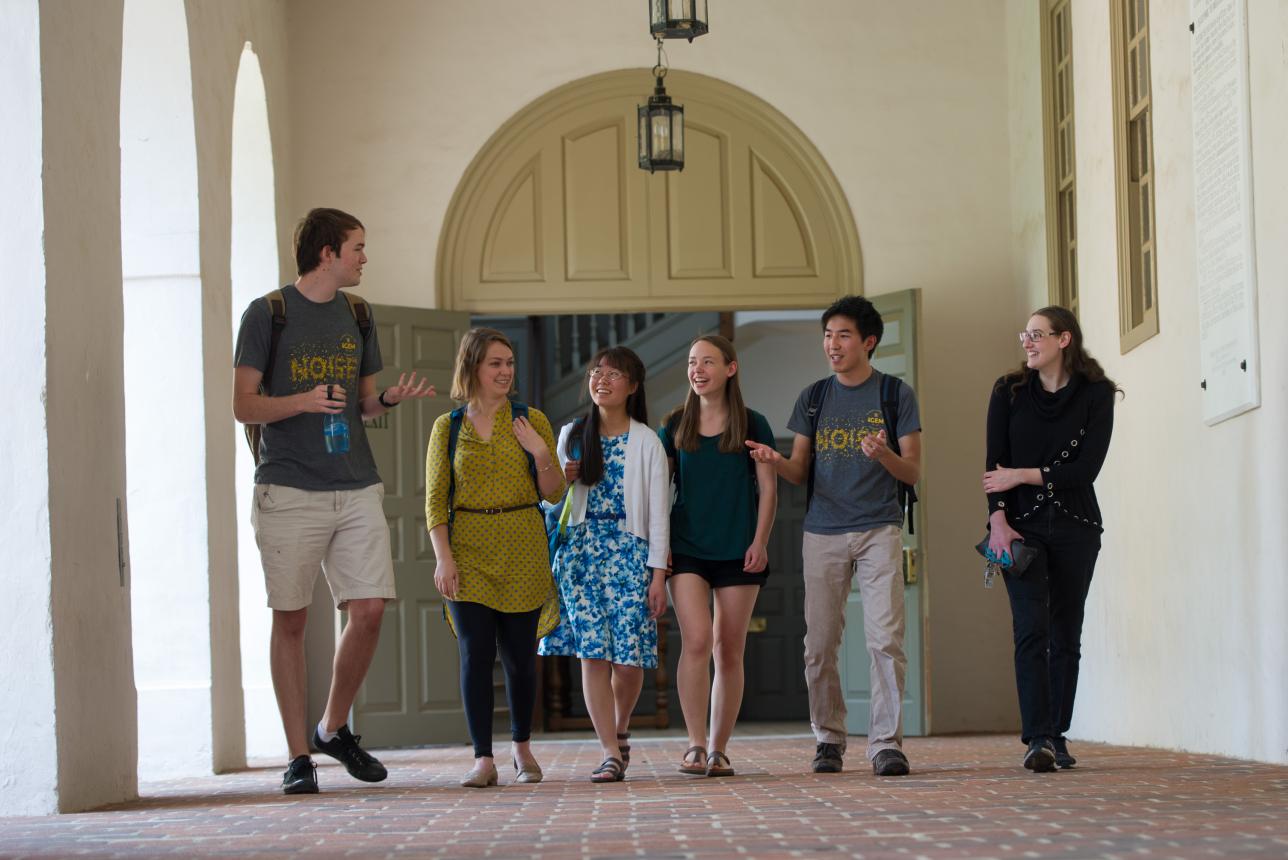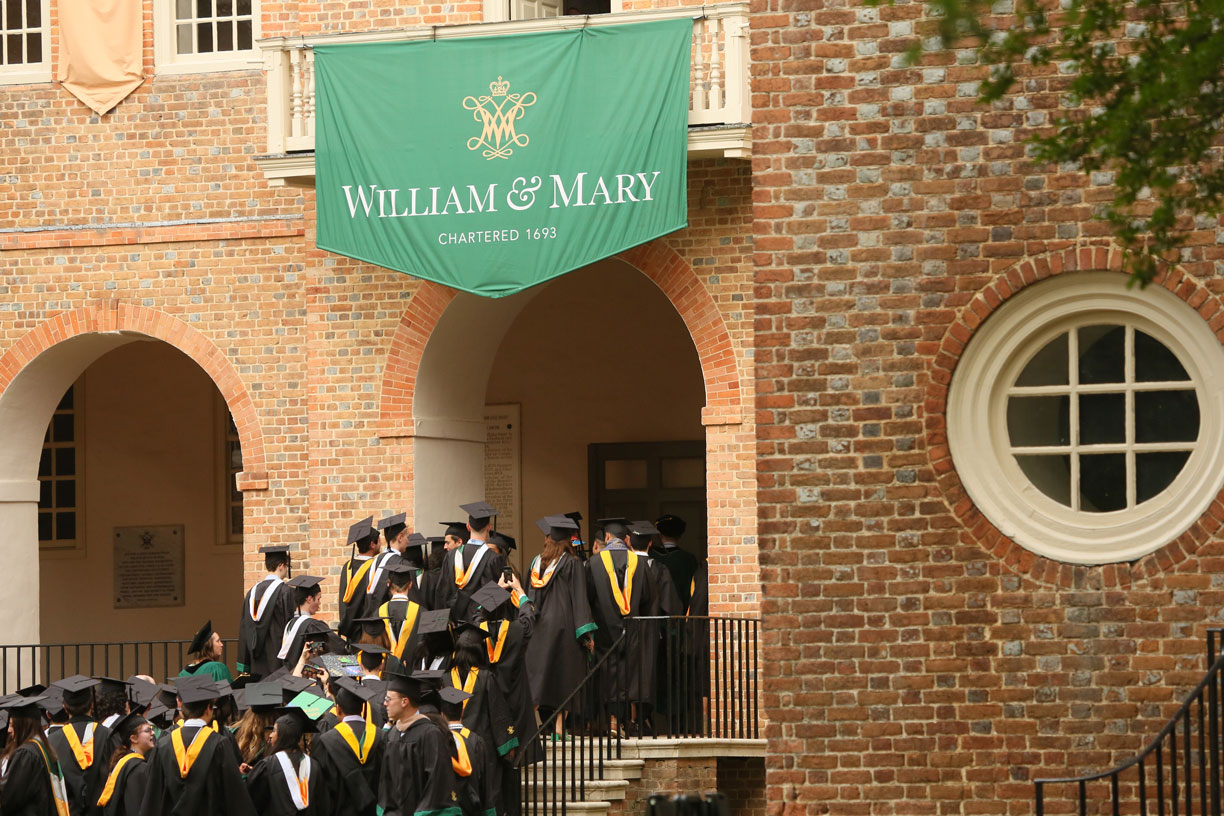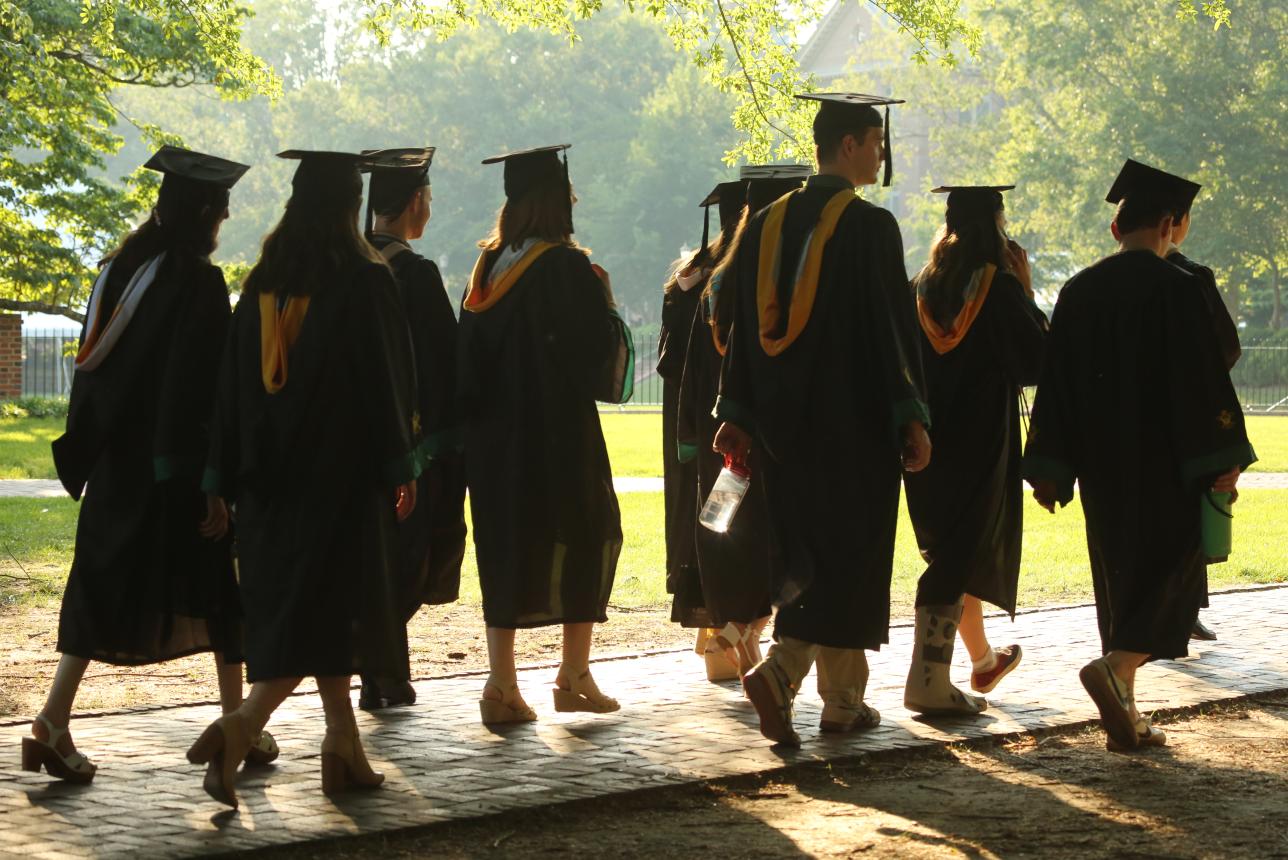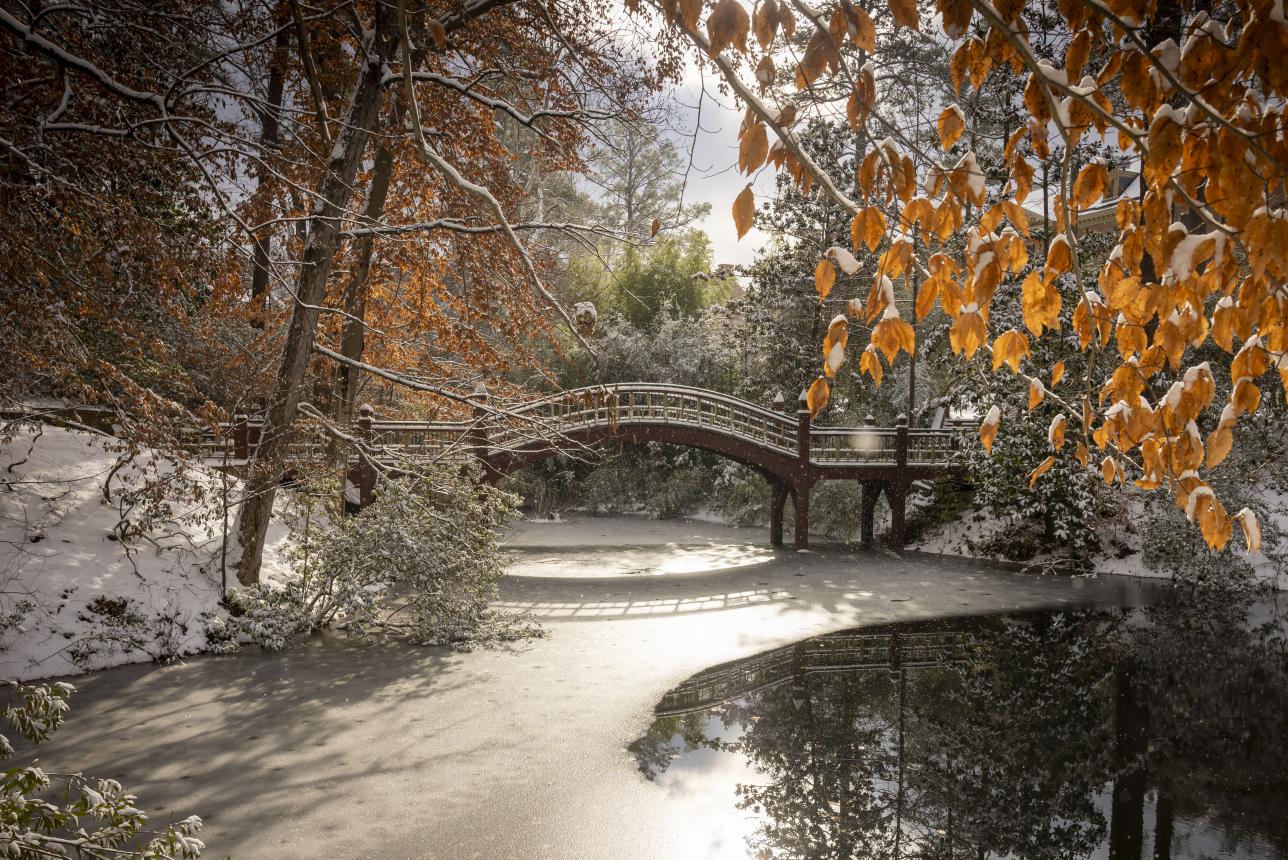Religious Studies

Religious Studies at W&M
Religious studies allows you to consider a variety of human experiences, intellectual pursuits and ritual practices within different cultural and historical contexts. This program includes multiple methodological and theoretical perspectives used in the humanities and social sciences. By journeying through seminal texts, rituals, art forms, myths, ethics, philosophies and experiences of the sacred, you arrive at a deepened understanding of religion in the world. Religious studies courses help you develop a deeper awareness of your own cultural location, values and practical commitments. This deepened self-understanding empowers you to live and act with greater purpose, clarity and confidence in your personal and professional life.
Paths of Study
Applied Learning
-
Courses
Tailor studies to your interests – from Poets & Prophets (RELG 303) to New Religions in America (RELG 347).*
-
Research
Work with a professor on independent research for a deeper exploration of a single topic.
-
Student Activities
Attend visiting speaker sessions, brown bag seminars and the annual Hans Teifel lecture in religion and ethics.

Outcomes
Religious studies alumni are notably competent and compassionate as responsible global citizens of the world. Students leave the program with a deeper empathy for others having developed the ability to communicate complex ideas accessibly to diverse audiences and a deeper understanding of the relationship of religions to the political, cultural, economic and legal spheres of human life, at both the national and international levels. Many pursue a wide range of careers including medicine, law, divinity, teaching, government and international service as well as business.
Hear from a Student
"I encourage everyone to take a course in the religious studies department because the classes cater to diverse interests. My coursework has been enlightening in developing my knowledge of practices through the world. I also work closely with faculty when my interests align with their research." — Sanjana Jetty '25, psychology major and religious studies minor from Gainesville, Virginia

Alumni & Friends
We love hearing from alumni! Please send us your news.

Support Religious Studies
Your contribution to the Department of Religious Studies will help our faculty members provide the best learning experience to our students.
Contact The Religious Studies Department
Religious Studies
Mailing Address
Department of Religious Studies William & Mary P.O. Box 8795 Williamsburg, VA 23187-8795
Contact Us
- Phone: 757-221-2175
- Email: religious-studies@wm.edu
Courses Disclaimer
*Courses listed are examples. Course availability changes each semester.
 Skip to main content
Skip to main content




